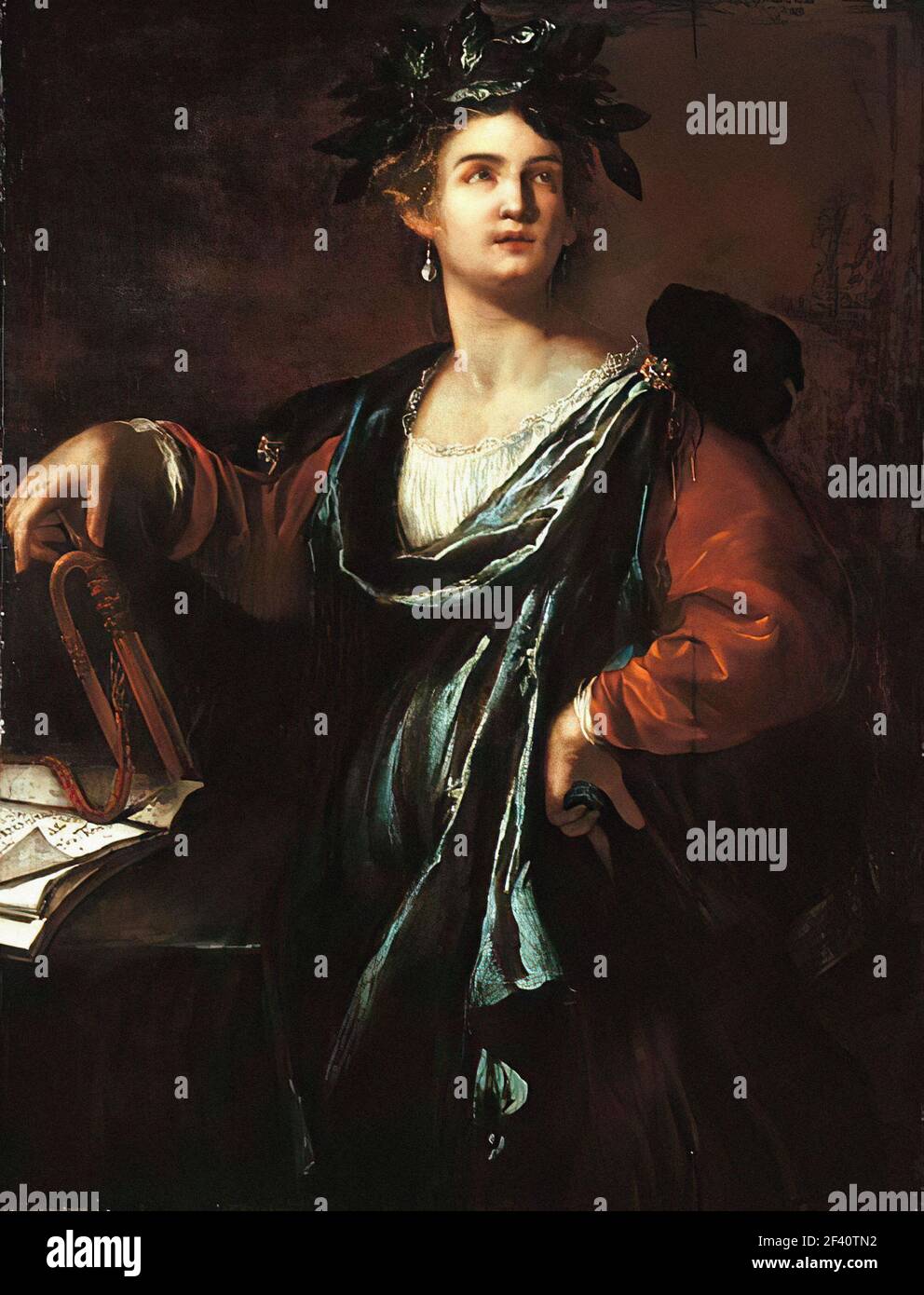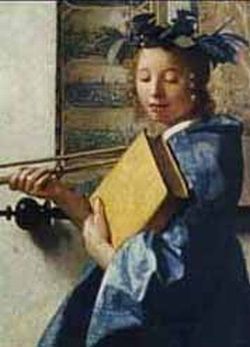
In her capacity as "the proclaimer, glorifier and celebrator of history, great deeds and accomplishments," Ĭlio is used in the name of various modern brands, including the Clio Awards for excellence in advertising. Other accounts credit her as the mother of Linus, a poet who was buried at Argos, although Linus has a number of differing parents depending upon the account, including several accounts in which he is the son of Clio's sisters Urania or Calliope.

According to Apollodorus, Clio was made to fall in love with Pierus by Aphrodite, for Clio had derided her for her love affair with Adonis. Some sources say she is also the mother of Hymenaios. She had one son, Hyacinth, with one of several kings, in various myths-with Pierus or with king Oebalus of Sparta, or with king Amyclas, progenitor of the people of Amyclae, dwellers about Sparta. Other common locations for the Muses are Pieria in Thessaly, near to Mount Olympus. Along with her sister Muses, she is considered to dwell at either Mount Helicon or Mount Parnassos. Like all the muses, Clio is a daughter of Zeus and the Titaness Mnemosyne, goddess of memory. The name's traditional Latinisation is Clio, but some modern systems such as the American Library Association-Library of Congress system use K to represent the original Greek kappa, and ei to represent the diphthong ει ( epsilon iota), thus Kleio.Ĭlio, sometimes referred to as "the Proclaimer", is often represented with an open parchment scroll, a book, or a set of tablets. Etymology Ĭlio's name is etymologically derived from the Greek root κλέω/κλείω (meaning "to recount", "to make famous" or "to celebrate"). In Greek mythology, Clio ( traditionally / ˈ k l aɪ oʊ/, but now more frequently / ˈ k l iː oʊ/ Greek: Κλειώ), also spelled Kleio, is the muse of history, or in a few mythological accounts, the muse of lyre playing. Preserved in the Ghent University Library.

#MUSE OF HISTORY CODE#
If you use any of the content on this page in your own work, please use the code below to cite this page as the source of the content.Print of Clio, made in the 16th–17th century. Her name is derived from the same Greek root word that means to celebrate, to recount, or to make famous. She would proclaim them and recount the history of the heroes. She was considered the celebrator of history, of astonishing deeds and incredible accomplishments. Her symbols include the scroll, books, or tablets. He could be considered the embodiment of the lamentation, which was a classical Greek song genre identified as the linos.Ĭlio was sometimes called the “Proclaimer”. Linus was the poet and musician and was a sibling of Orpheus. Some accounts reveal that Clio was the mother of Linus, though he is also depicted as being the son of the other muses Calliope or Urania. Hymenaeus (also spelled Hymenaios) was the patron god of weddings and was considered one of the winged gods of love, otherwise known as the Erotes. Some myths also suggest she had another child, Hymenaeus. In some myths however, it is said that Clio had Hyacinth with king Amyclas, the forefather of Sparta. His parentage depends on the myth, but often he is considered to be Clio’s son with King Pierus or King Obealus of Sparta. She had one son, Hyacinth, who was a divine hero in Greek myth.

It was believed that Clio lived with her sisters, the Muses, on Mount Parnassos or Mount Helicon. Many believed that the inspiration they required to write poetry, literature, music, or any artistic creation came from the nine Muses.

The Muses were considered to be the source of inspired creation. The muses followed Apollo while he wandered Mount Helicon where they lived. Their voices, songs and dancing was meant to relieve the sorrows over the world.Īccording to some myths, Apollo, the Greek god of the sun and of knowledge. He wanted to celebrate the victory of the Olympians over the Titans and forget the hardships of life. The myth of their creation reveals that Zeus lay with Mnemosene nine times over the course of nine days to bring the Muses into the world. She is the daughter of Zeus, the sky god and leader of the Olympians, and Mnemosyne, the Titaness and goddess of memory. The Muses are nine different goddesses who are the patrons of arts, literature and the sciences. She is also often depicted holding a clarion in one hand and a book in the other. The ancient Greek word for history was derived from Kleos. Clio was the patron of history and the guitar.
#MUSE OF HISTORY FULL#
She is often shown holding a scroll that is open or sitting beside a chest full of books. Clio, also spelled Kleio, was one of the nine muses.


 0 kommentar(er)
0 kommentar(er)
